I'm sure many of you have heard, but we might be facing a global matcha shortage right now—thanks to the overwhelming demand of high-quality matcha across the world.
Initially, the high demand for matcha was welcomed by manufacturers and farmers with open arms. However, it has reached a point where it is more of a threat than a blessing to those actually making it.
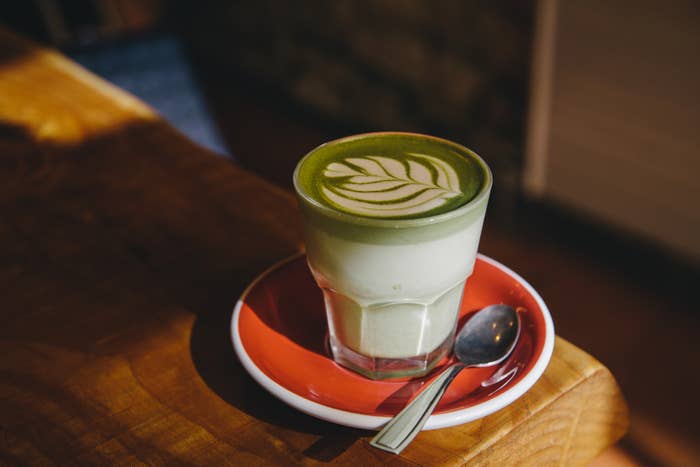
The sudden rise of matcha's popularity on social media is a key factor to the shortage we are facing globally. With every double tap we leave on a new matcha latte recipe online, the deeper we fall in the vortex of shortages. So much so that Japan’s Ministry of Agriculture, Forestry, and Fisheries reports that 4,176 tons of matcha were produced in 2023, which is a three-fold increase since 2010.
And it's not just matcha—pistachios, avocados, almonds, and many such ingredients are tilting towards the whirlpool of excess demand. And this pressure to mass produce in order to meet the demand has left dire implications economically, socially, and environmentally.
This phenomenon is a testament to how dangerously high our consumption habits are getting, influenced by social media trends and viral food combinations. And it has crossed the threshold of concern.

In order to understand this phenomenon, it's crucial to take a look at the immense impact of social media influencing, which can lead to staggering changes in demand.
Japan saw 37 million tourists—a record high—in 2024. And this is largely attributed to the popularity around matcha—primarily its numerous health benefits, as discussed on social media. These tourists are in search of top quality matcha, which takes them to Uji—a 30-minute train ride from Kyoto, known for its matcha. Even though most stores in Uji have a purchase limit, the matcha capital of the world has sold out.
Tomomi Hisaki, the general manager at the Tsujirihei flagship store in Uji, said:
"High-grade Uji matcha is not something that can be mass produced in the first place. For one, tea leaves destined for ceremonial matcha are grown in the shade, as the darkness produces a richer, more umami and astringent flavor. However, if you cover it, it will not be able to photosynthesize, so it will not grow, and the harvest will be small."
Matcha farmers are being made to compromise quality for quantity, causing a decline in the tradition of brewing good quality matcha.
Next, pistachios are on the list to be hit with scarcity due to the extremely viral food trend, the luxurious Dubai chocolate—a chocolate bar stuffed with a creamy pistachio filling.
The first video of this delectable treat was posted towards the end of 2023 and has since been viewed over120 million times. This was followed by more content around variations of the product.
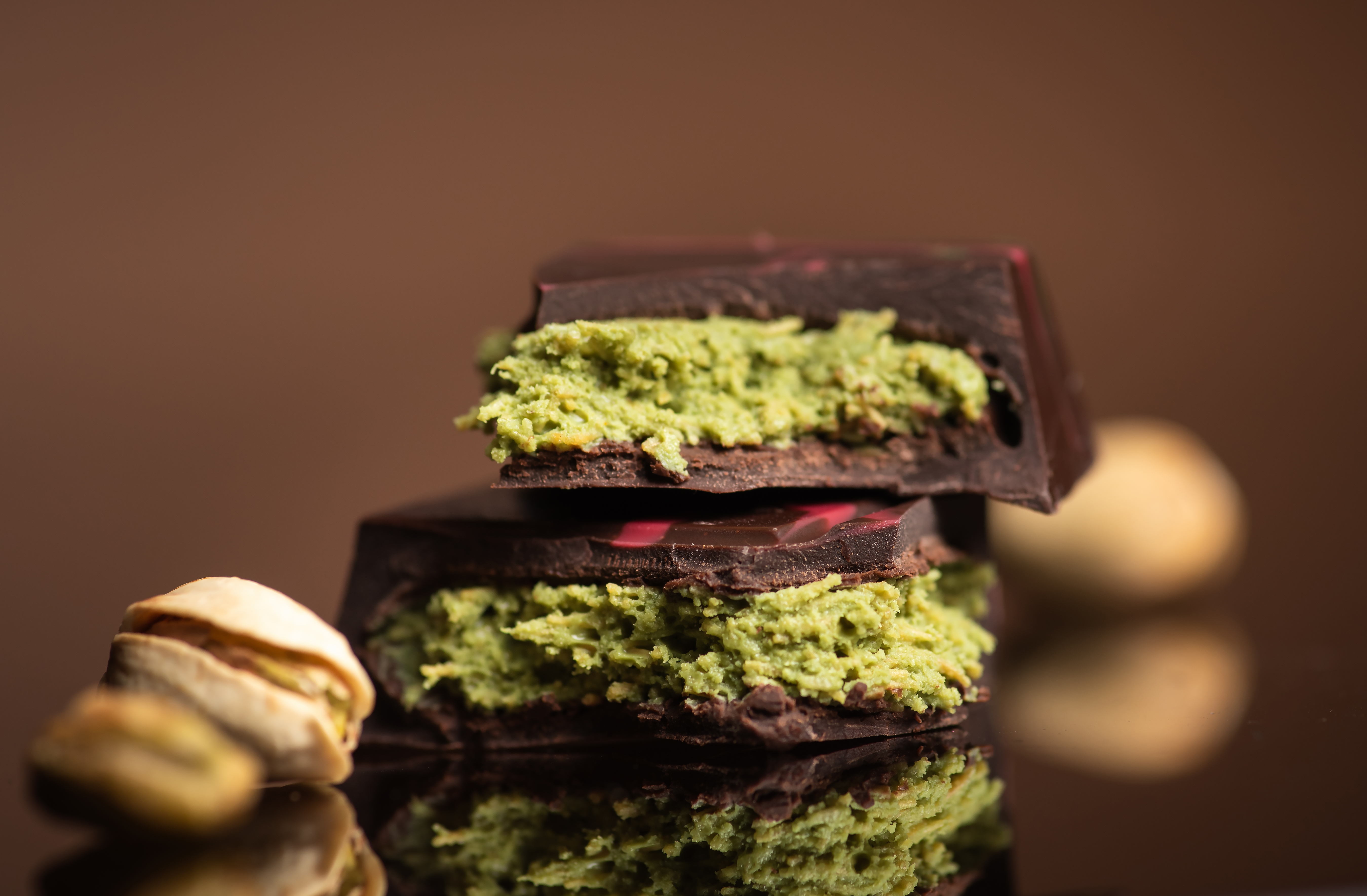
Following this craze, there was an international shortage of the vital ingredient, pistachio kernels, which are largely grown in the US and Iran. And it has already had an economic impact, with prices increasing from $7 a pound to $10 a pound.
Charles Jandreau, the general manager of the Prestat Group, a food production company known for its chocolate truffles, said: "It feels like it came out of nowhere."
This increase in demand was unexpected, and stores that make their own pistachio chocolate are struggling to keep up.
A relatively minor impact of these shortages is the sharp price hikes of these products. The major impact? That is directly related to the farmers who produce these foods —something we as consumers are not aware of.
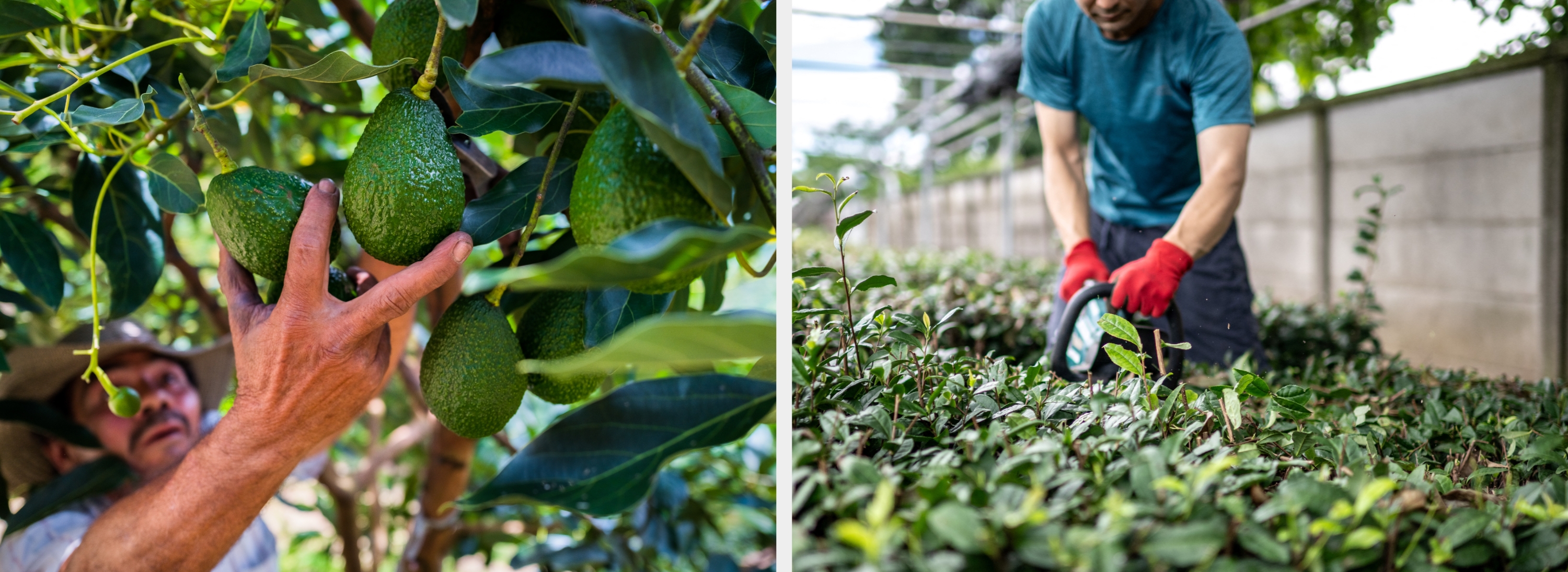
Starting with matcha: the matcha market is expect to grow from $2.8 billion in 2023 to $5 billion in 2028—which means producing matcha three times faster than the current rate. Hence, in order to increase the production of matcha, the government of Japan is suggesting farmers use 'tencha,' another type of green tea leaf, rather than the commonly used 'sencha.'
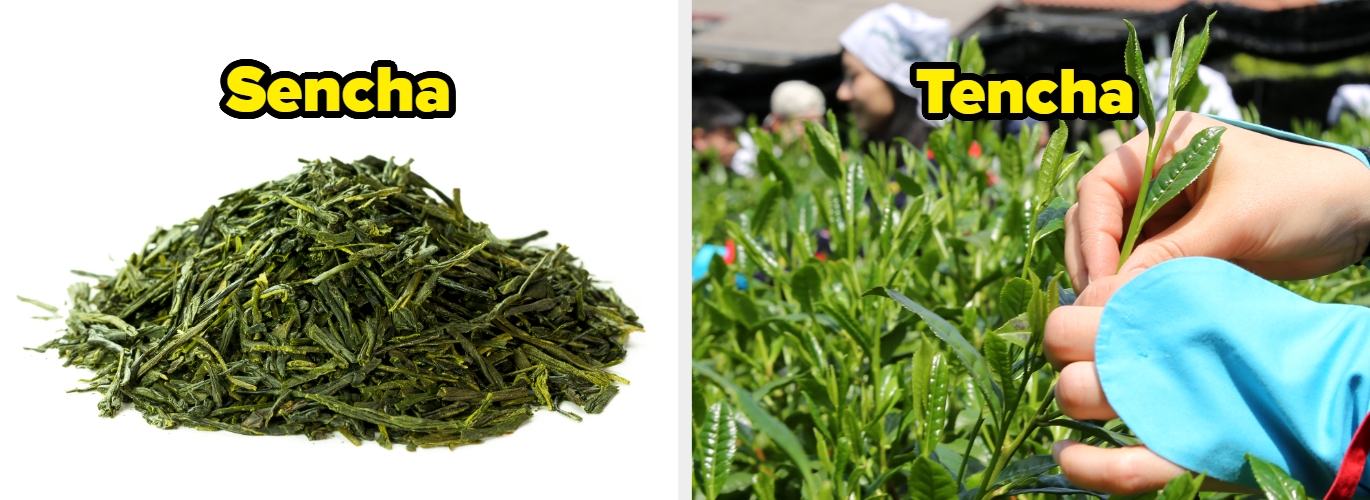
The problem with switching green tea leaves is that many farmers lack the resources to upgrade their machinery. It requires significant investment, which isn’t easily accessible. To keep up, they’d have to raise prices, impacting consumers. Farmers are being forced to change processes and buy new machines just to stay in the matcha market—putting economic strain on both sides.
Similarly, the avocado boom has also led farmers in South America, especially Colombia, to leave harvesting coffee beans and start avocado farms. The avocado craze began with social media users raving about its health benefits. And soon, avocado was everywhere.
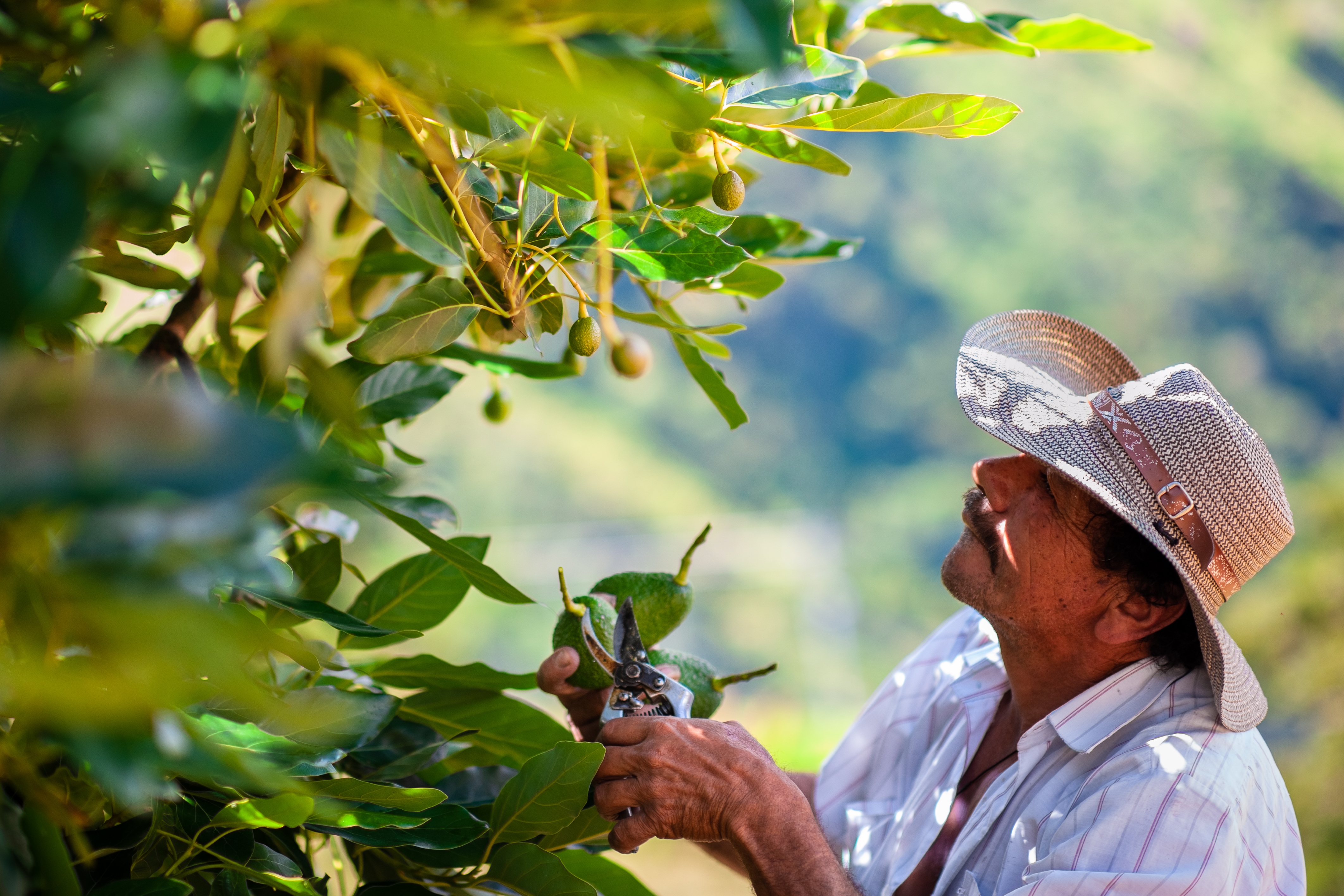
Farmers in Colombia were facing huge amounts of debt while harvesting coffee beans, as climate change and heavy rains ravaged the coffee harvests. So when this opportunity to grow avocado came by, all farmers hopped onto the wagon.
However, this 'disorganized growth' of avocados occurs when farmers grow the fruit outside the ideal climate conditions—requiring more resources for growth. In other words: more avocados to meet the global demand equals more depletion of resources—impacting the environment in ways we cannot imagine.

And honestly, after learning all this, we must ask: Is all this damage really worth it for a $15 avocado toast and a $8 iced matcha latte?
These viral food trends have impacted not just us, but also how we spend our time and money on leisurely activities. Over the past few years, we have seen other ingredients and items go through brief periods of shortages due to viral social media trends.
For example, the viral cucumber salad trend on TikTok led to a cucumber shortage in Iceland, with residents buying the cucumbers to replicate the recipes.
TikTok creator Logan Moffitt started sharing these cucumber recipes online, and it instantly went viral—with many rushing to try out these dishes.
Or when Kewpie Mayo was consistently sold out in Asian supermarkets after the viral salmon rice bowl recipe took off on TikTok. Think of sriracha; the peppers needed to make another viral food, birria tacos; and even feta cheese—I mean, the list goes on and on.
We have to recognize and accept the intensity of control social media has over our consumption habits. If every viral food recipe online contributes to food shortage, we cannot predict the consequences it would have on the economy and especially on the environment to meet global demands.
At a time where climate change is increasingly making its presence known and prices are skyrocketing everywhere, the last thing we all need is to run out of food because we cannot go a day without our 'matcha fix'.
